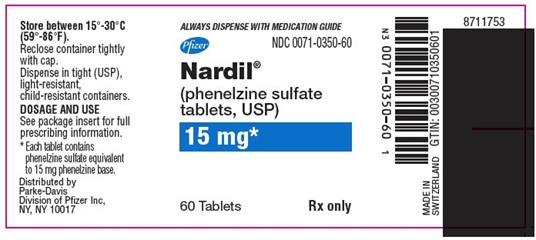A nurse is assisting with triaging clients in a mass casualty situation. The nurse should recommend that which of the following clients receive care first?
A client who has a head injury and whose pupils are fixed and dilated
A client who has a dislocated shoulder and reports a pain level of 8 on a scale from 0 to 10
A client who has a 20.3-cm (8-in) scalp laceration with intermittent bleeding
A client who has diminished breath sounds and paradoxical chest movement
The Correct Answer is D
The nurse should recommend that the client who has diminished breath sounds and paradoxical chest movement receive care first. This client is likely experiencing a tension pneumothorax, which is a life-threatening condition that requires immediate intervention.
Option a is incorrect because a client who has a head injury and whose pupils are fixed and dilated may have experienced brain death and may not be able to be resuscitated.
Option b is incorrect because a dislocated shoulder, while painful, is not immediately life-threatening. Option c is incorrect because a scalp laceration with intermittent bleeding can be managed with pressure and is not immediately life-threatening.
Nursing Test Bank
Naxlex Comprehensive Predictor Exams
Related Questions
Correct Answer is B
Explanation
To effectively communicate with a client who speaks a different language, it is important to use alternative methods of communication. One effective method is to supplement spoken language with pictures or visual aids. This can help bridge the language barrier and enhance understanding between the nurse and the client.
Recognize that the client nodding indicates an understanding of the information: Nodding does not always indicate understanding. It could be a cultural gesture or a sign of politeness. Relying solely on nodding may lead to miscommunication and misunderstanding.
Speak to the client at an increased volume: Speaking louder does not necessarily overcome the language barrier. It may make communication more difficult and could be perceived as rude or intimidating.
Ask a family member of the client to interpret: While involving a family member may seem helpful, it is not always reliable or appropriate. Family members may not be proficient in both languages or may not fully understand medical terminology. Additionally, the client may desire privacy or may not want to burden their family members with the responsibility of interpretation.
Correct Answer is D
Explanation
The nurse should expect the provider to discontinue phenelzine 2 weeks before starting fluoxetine treatment. Phenelzine is a monoamine oxidase inhibitor (MAOI) and should not be taken with fluoxetine, which is a selective serotonin reuptake inhibitor (SSRI). Taking these two medications together can cause a dangerous drug interaction known as serotonin syndrome.
a) Levothyroxine is a thyroid hormone replacement medication and does not interact with fluoxetine.
b) Acetaminophen is a pain reliever and does not interact with fluoxetine.
c) Simvastatin is a cholesterol- lowering medication and does not interact with fluoxetine.

Whether you are a student looking to ace your exams or a practicing nurse seeking to enhance your expertise , our nursing education contents will empower you with the confidence and competence to make a difference in the lives of patients and become a respected leader in the healthcare field.
Visit Naxlex, invest in your future and unlock endless possibilities with our unparalleled nursing education contents today
Report Wrong Answer on the Current Question
Do you disagree with the answer? If yes, what is your expected answer? Explain.
Kindly be descriptive with the issue you are facing.
